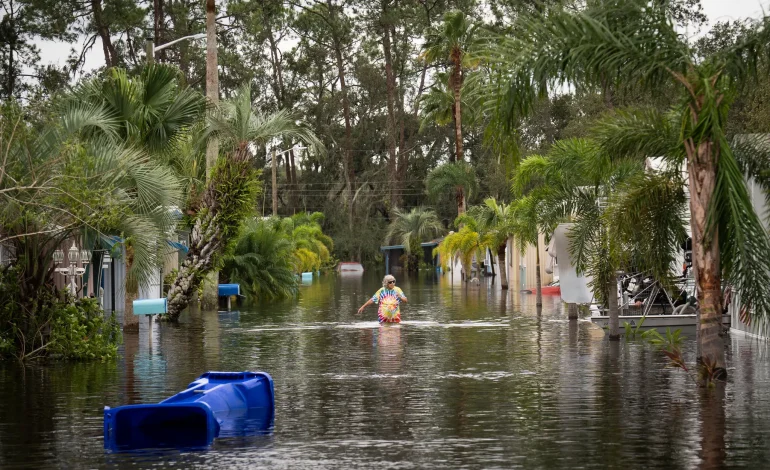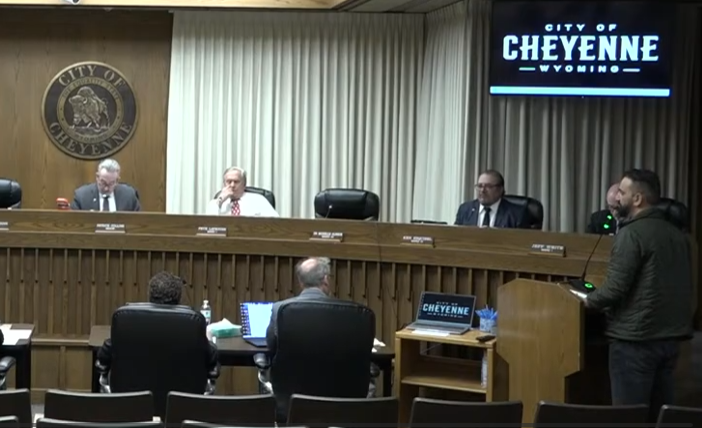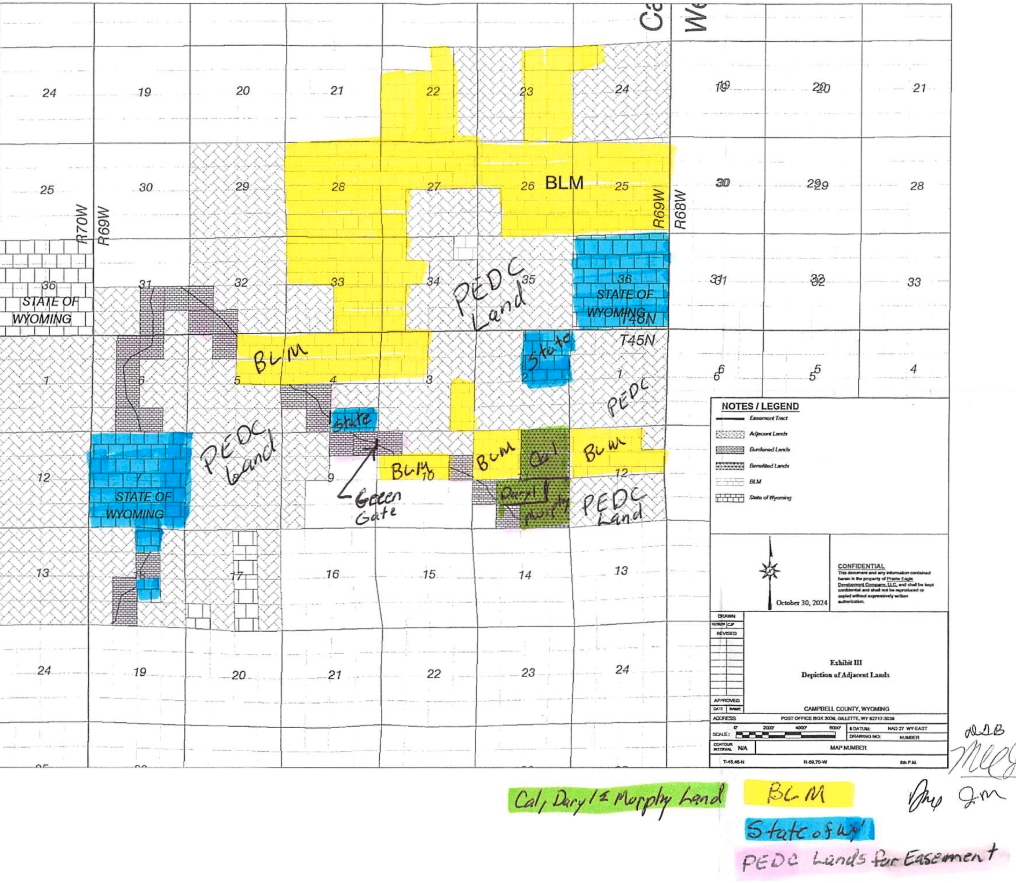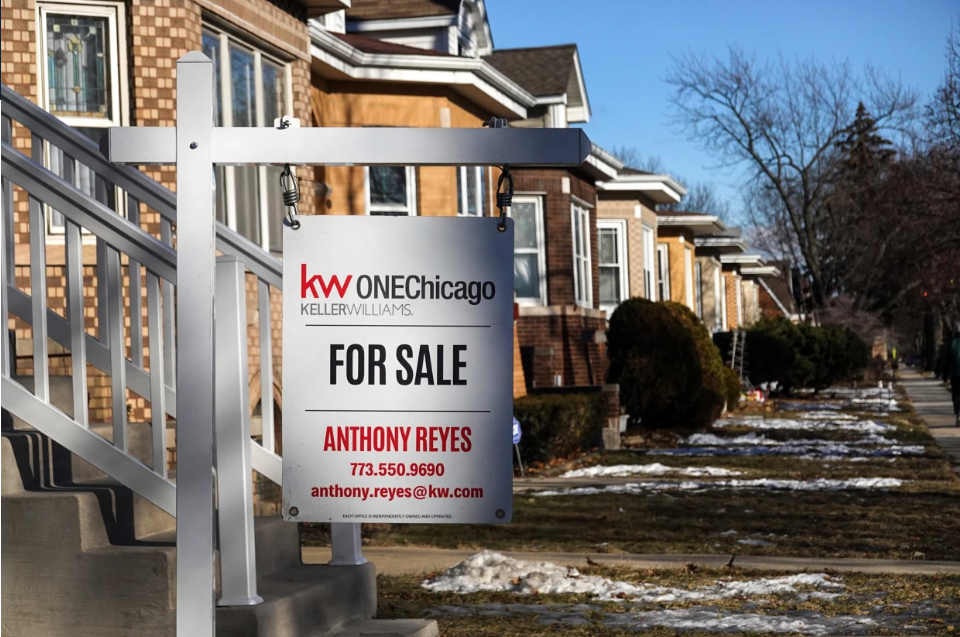Hurricane Milton’s Destruction and Aftermath: What We Know So Far

Hurricane Milton caused widespread flooding, wind damage, and power outages across much of Florida when it struck on October 9 and 10, the New York Times reports.
The storm, which left at least 14 people dead, flooded neighborhoods, destroyed homes, and knocked out power for millions. While the devastation was significant, Florida officials said the damage was less severe than initially feared in some areas.
The extent of damage varied greatly from one area to another. In Tampa Bay, the feared catastrophic storm surge did not occur, though heavy flooding hit the Gulf Coast, with some areas receiving up to 18 inches of rain. High winds, particularly on barrier islands, caused significant destruction. In St. Petersburg, gusts of over 100 mph ripped part of the roof off Tropicana Field and caused a 500-foot crane to collapse onto a building.
Statewide, over 1,200 people were rescued from flooded homes and vehicles. The Florida National Guard mobilized more than 6,500 troops for emergency operations, one of the largest responses to a natural disaster in the state’s history.
Before Milton made landfall, tornadoes spawned by the storm caused deadly destruction across several counties, particularly on the opposite side of the state from where Milton hit. Six people were killed in St. Lucie County, where the tornadoes severely damaged more than 100 structures, including homes in a mobile home community.
Meteorologists noted that while hurricanes often produce tornadoes, the ones accompanying Milton were unusually strong and long-lasting.
Florida residents responded quickly to the storm’s approach, with one of the largest evacuations in state history taking place ahead of Milton’s landfall. Officials credited these measures, as well as Florida’s experience in handling hurricanes and its strong building codes, with helping to reduce the overall death toll and destruction.
President Biden praised the evacuation efforts, noting that they likely saved many lives. Hospitals and health care facilities in the storm’s path also fared better than expected.
Hurricane Milton left millions without power, though by October 13, that number had dropped to around 900,000. Florida’s power infrastructure, while damaged, was largely intact, and repairs were expected to take days rather than weeks.
Clean-up efforts are ongoing, particularly in areas hit by both Milton and Hurricane Helene, which struck in late September. Gasoline shortages have affected some regions, but recovery work continues, with chain saws and generators buzzing across the Gulf Coast.
Despite signs of progress, dangerous conditions remain in parts of the state. River flooding is expected to continue for days or even weeks in Central Florida and around Tampa Bay.









The latest news in your social feeds
Subscribe to our social media platforms to stay tuned